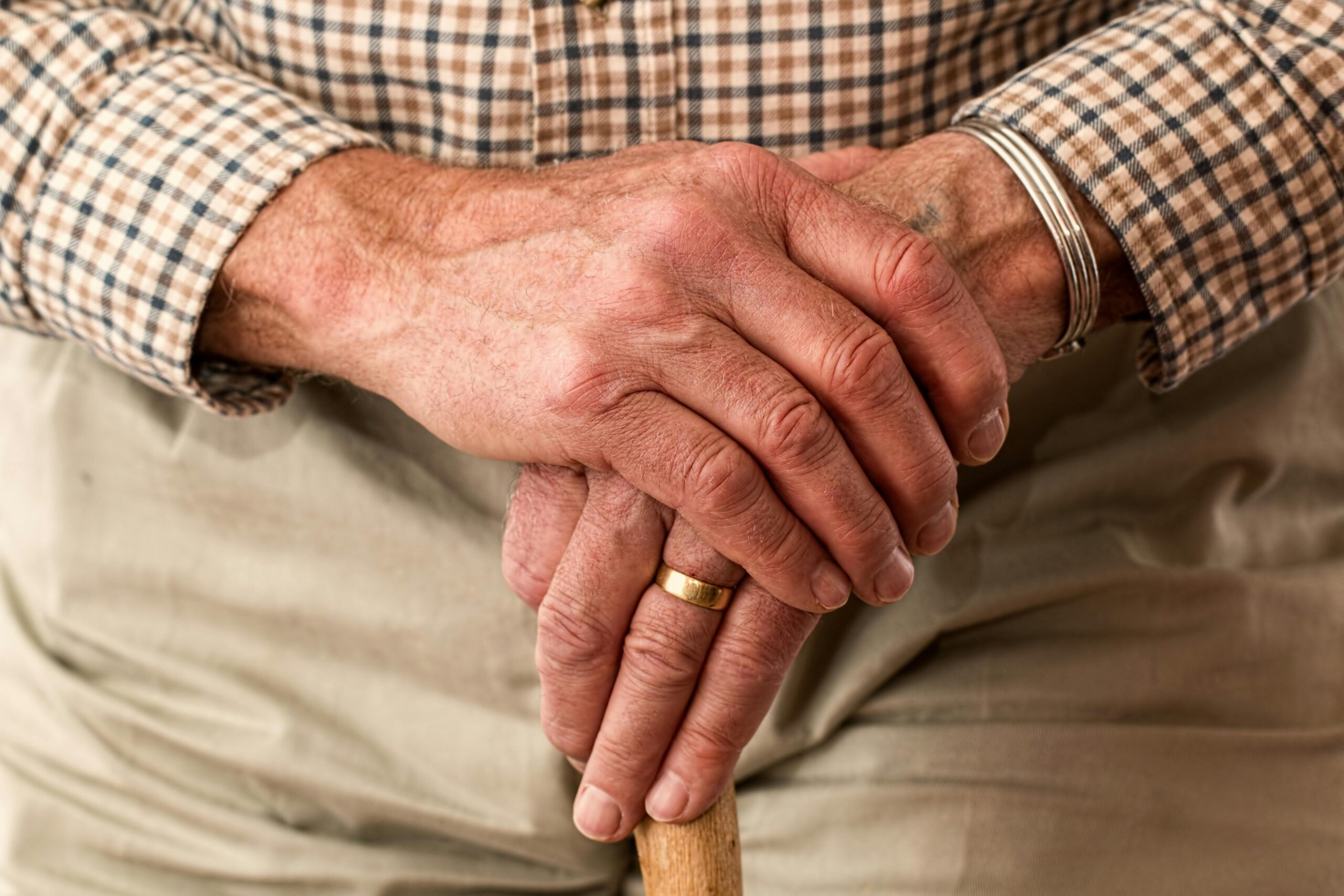
In an evolving journey towards understanding and supporting those living with Parkinson’s disease, a new report offers fresh insights into the burden it places on those affected.
The study by Professor George Mellick for Parkinson’s Australia aimed to shed light on the complexities surrounding its prevalence, as well as the need for better understanding and support.
The second most common neurological condition in the world, Parkinson’s remains one of the least understood, with up to 150,000 Australians having it, and more than a million impacted.
While up to 50 Australians are diagnosed with Parkinson’s every day, Professor Mellick said it’s far from simple to determine the full extent and prevalence of it across the population.
“There have been very few studies looking at prevalence and incidence of the condition,” he said.
“Statistics are usually reported per 100,000 people, but with a condition like Parkinson’s those figures can really depend on the age and makeup of that 100,000 people, so we’ve been working on gathering more accurate figures on the number of people living with Parkinson’s in different regions, which has never been done in Australia.”
While age is the greatest risk factor and Parkinson’s is commonly viewed as an older person’s condition, around 10 per cent of those living with the ailment are of working age, and some even in their thirties or forties.
“A lot of people don’t even know they’ve got it,” Professor Mellick said.
“They know something’s wrong, but it takes them five years to find out they’ve got Parkinson’s because no one is considering it as an option.
“In fact, studies have shown up to 25 per cent of people with Parkinson’s don’t even know they’ve got it.
“Symptoms come on gradually – often over several years, and given there is no test for Parkinson’s and it needs to be diagnosed by a physician who is very familiar with it, it can be very difficult to diagnose.”
While Parkinson’s is most commonly associated with an involuntary movement or shaking of limbs, around 30 per cent of sufferers will not experience this symptom at all.
Other impacts on the body can include feelings of rigidity or ongoing muscle stiffness, slowness of movement, difficulty with fine motor skills, quieter speech and even a loss of smell.
Additionally, non-motor-symptoms can include anxiety and depression, constipation and even acting out dreams.
“Usually when you sleep or dream your motor skills shut down, but Parkinson’s can sometimes stop this from happening, which can be quite impactful on partners particularly.
“Ultimately, we’re an ageing population which means we’ll be seeing more of this condition, so the more we can learn about it, the better we can prepare for that.
“We can’t cure it yet, but we can treat it quite well.
“We want to work with individuals as early as possible to ensure their journey with Parkinson’s is the best and most productive it can be, and avoid the need for them to enter into nursing homes as much as possible.”
You can read all of Professor Mellick’s commissioned reports on the Ecosystem of Parkinson’s in Australia at https://www.parkinsons.org.au/reports-and-submissions/.





